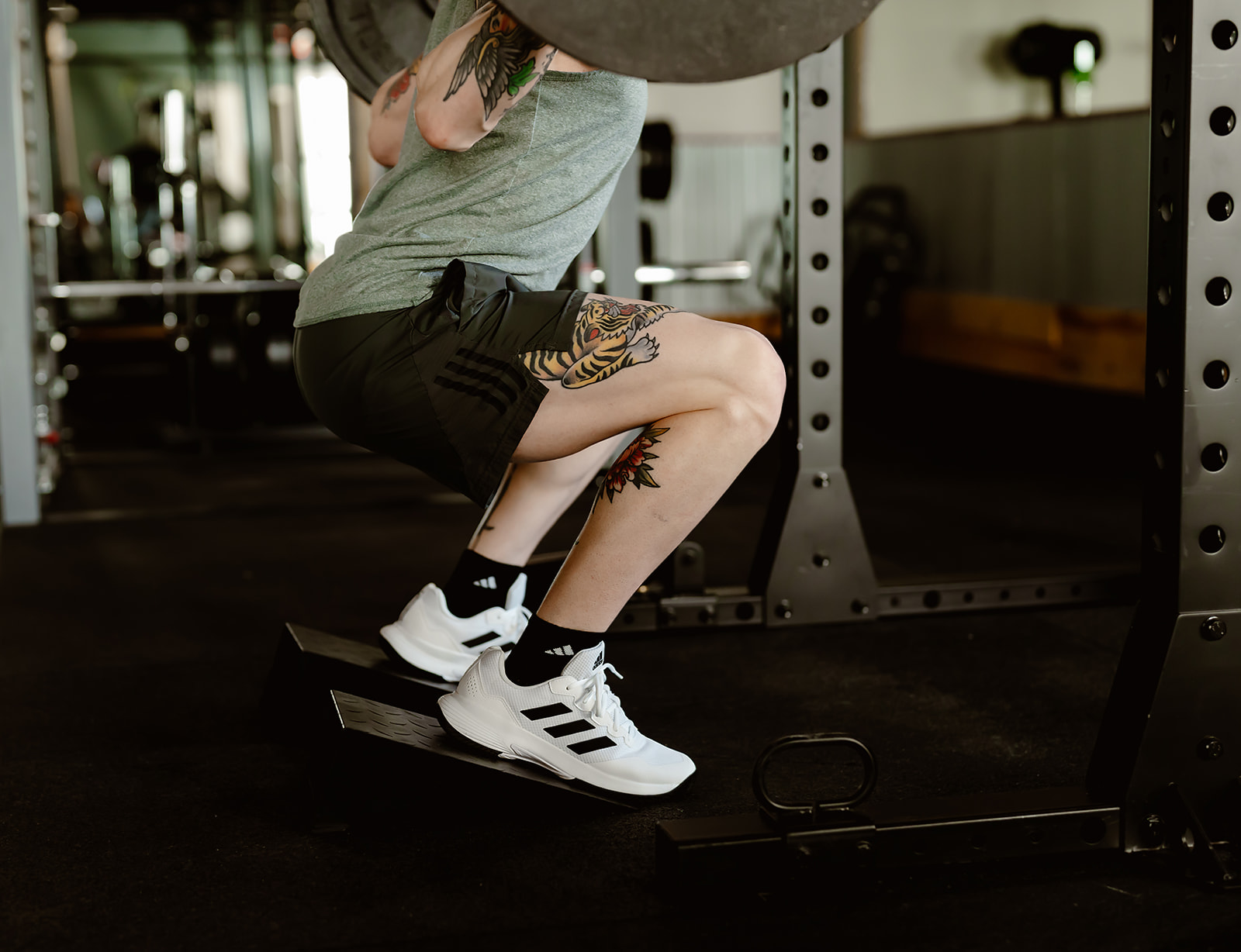Welcome to the world of fitness, where we take our workouts as seriously as a cat takes its naps. Today, we’re diving headfirst into the realm of concurrent training – because why settle for just one goal when you want to be superhuman?
What Is Concurrent Training?
Should You Train Concurrently?
It depends.
Are you training for a specific event? Do you want to be the absolute BEST in that event? Are you training for MULTIPLE events? Are you playing a SPORT that involves more than just speed but also physical strength, agility, power, and more?
Concurrent Training For Health
If you’re looking to just be an overall generally healthier human, we do recommend focusing on strength training but adding in cardio for heart health. We also recommend working on your flexibility and mobility for a well-rounded approach to general fitness. Is this concurrent training? Technically, yes. But in our podcast episode with Bobby O’Mullan, we discuss the difference between exercise, activity, and training and we would classify this more as “general exercise.” In which case, you don’t have to be super concerned with timing your training goals and sessions around specific modalities.
Concurrent Training For Sports
When training for a specific sport, your focus is performance in that sport. So yes, specificity is key. But what happens off season? Balancing strength, power, speed, and more as a full holistic athlete can be a challenge. Strength and conditioning coaches need to communicate with team coaches, athletic trainers, and more in order to ensure athletes are primed for practice and sport. No coach is going to be happy with a completely gassed athlete coming into practice the day after leg day. We talk extensively about this with our friend Bobby O’Mullan, Strength Coach at Rollins College, in our recent podcast episode.
Is Concurrent Training Effective?
What are your goals? Are you trying to be the absolute best powerlifter and win a world title specifically for strength? Or are you attempting to compete in a sport that requires MULTIPLE levels of fitness (endurance, strength, etc)? Or do you simply want to be strong AND run fast?
When it comes to concurrent training, it’s all about finding the right balance. When programmed well, this style of training can be extremely effective and can make you a well-rounded athlete. When programmed poorly, you can find yourself burnt out, overtrained, and giving up.
Learn More about Training with Multiple Goals in Mind
Tune in to Episode 157 to hear the full interview with Bobby O’Mullan on the Stronger Than Your Boyfriend Podcast.



